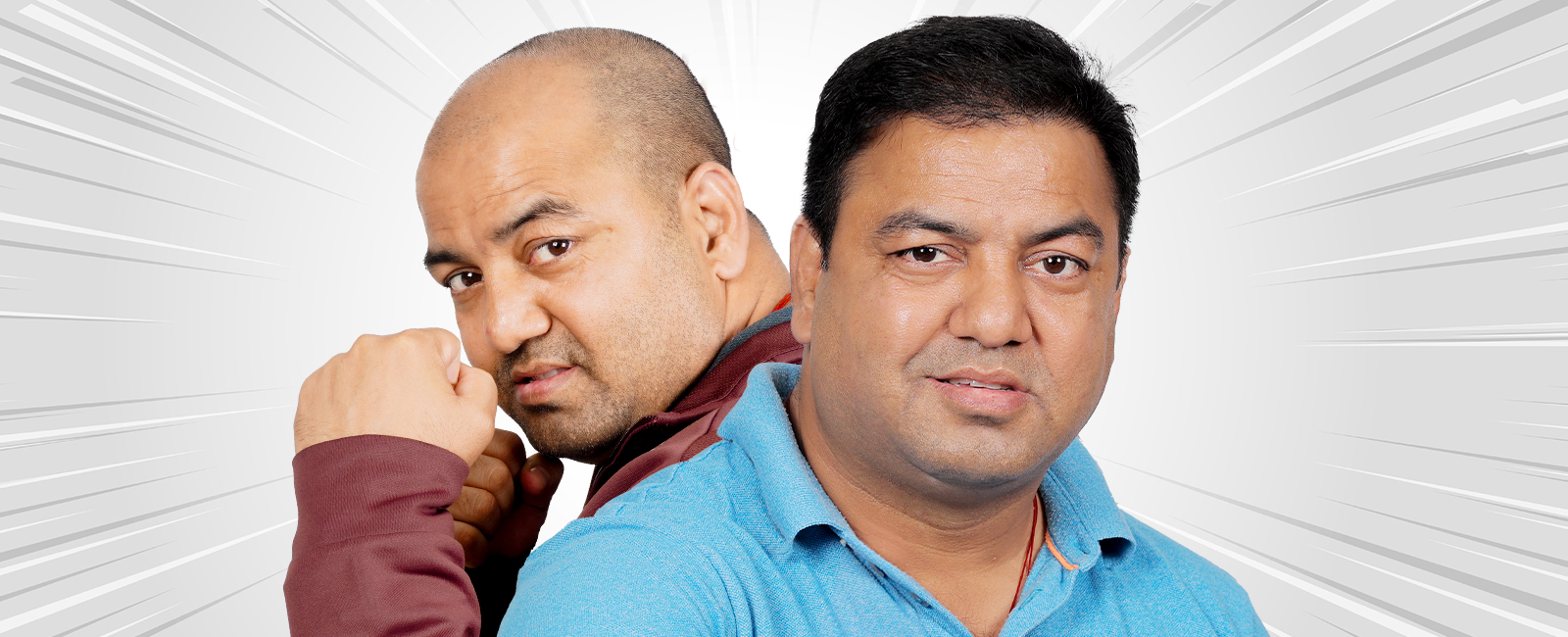Hair loss can be a distressing experience, impacting one’s self-esteem and confidence. Hair transplantation has emerged as a reliable solution, offering individuals the opportunity to restore their natural hair growth. When considering a hair transplant, it is important to understand the different techniques available and their potential for providing permanent results. In this article, we will explore various hair transplantation techniques and discuss which one offers the most permanent results.
Follicular Unit Transplantation (FUT):
Follicular Unit Transplantation, also known as the strip method, is one of the traditional techniques used in hair transplantation. In this procedure, a strip of scalp containing hair follicles is harvested from the donor area (typically the back or sides of the scalp). The strip is then dissected into individual follicular units and transplanted into the recipient area.
FUT can provide long-lasting and permanent results. The transplanted hair follicles are resistant to the hormone DHT (dihydrotestosterone), which is responsible for hair loss in genetically susceptible individuals. However, it is important to note that the scar resulting from the donor area extraction may be visible if the hair is cut very short. Skilled surgeons employ advanced closure techniques, such as trichophytic closure, to minimize the visibility of the scar.
Follicular Unit Extraction (FUE):
Follicular Unit Extraction is another commonly used technique in hair transplantation. Unlike FUT, FUE involves the extraction of individual hair follicles directly from the donor area using a small punch-like instrument. These follicular units are then implanted into the recipient area.
FUE offers a less invasive approach compared to FUT and leaves minimal linear scarring. The tiny circular scars left behind in the donor area can be easily hidden, even with short hairstyles. The extracted follicles retain their resistance to DHT and provide permanent hair growth in the recipient area.
Robotic-Assisted Hair Transplantation:
Robotic-assisted hair transplantation is a more recent advancement in the field. This technique involves the use of a robotic system to assist in the extraction and transplantation of hair follicles. The robotic system utilizes advanced algorithms and artificial intelligence to identify and select the best donor hair follicles for extraction.
Robotic-assisted hair transplantation combines the benefits of precision and accuracy, reducing the risk of human error. The permanent results achieved with this technique are comparable to FUT and FUE, as the transplanted hair follicles retain their resistance to DHT.
Direct Hair Implantation (DHT):
Pioneered by Dr Pradeep Sethi and Dr Arika Bansal, Direct Hair Transplantation is a specialized technique that offers a more advanced approach to male hair transplantation. This technique involves simultaneous extraction and implantation of hair follicles directly into the recipient area. A Surgeon focuses on Planning, Design and Slit Making while being assisted by a team for extraction and implantation. DHT provides excellent control over the angle, depth, and direction of the implanted hair follicles, resulting in a more natural-looking hairline. The transplanted hair follicles continue to grow naturally and provide permanent results.
While all of these techniques offer the potential for permanent results, it is essential to consider certain factors when choosing the most suitable technique for your individual needs. These factors include the extent of hair loss, the condition of the donor area, the desired density of hair restoration, and the expertise of the hair transplant surgeon performing the procedure.
It is important to consult with an experienced hair transplant surgeon who can evaluate your specific situation and recommend the most appropriate technique. The surgeon will consider factors such as the availability of donor hair, the desired outcome, and the potential for future hair loss. They will guide you in selecting a technique that aligns with your goals and offers the best chance of achieving long-lasting and natural-looking results.
Hair transplantation techniques such as FUT, FUE, robotic-assisted transplantation, and DHT all offer the potential for permanent hair restoration. The choice of technique should be based on individual factors, including the extent of hair loss and the condition of the donor area. Consulting with an experienced hair transplant surgeon for male hair transplant is essential to determine the most suitable technique for your unique needs and achieve the desired permanent results. With advances in technology and surgical expertise, hair transplantation continues to provide individuals with a reliable and effective solution for restoring their natural hair growth.





